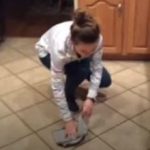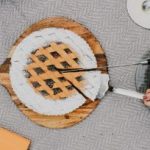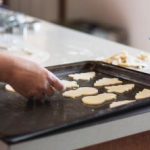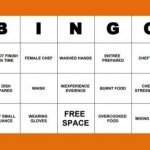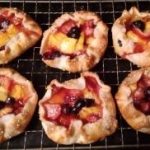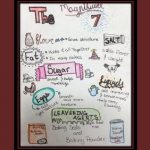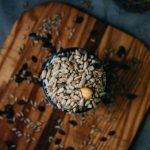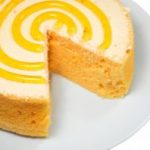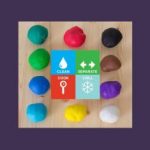
You might wonder why I have so many lessons and/or activities for the same topic. The truth is I teach three different classes where I need to cover “food safety” before I let students go into the lab/kitchen. I don’t want to do the same thing in each of those classes because many of my students I see again for other electives, hence, the need for variety! Even if you don’t teach multiple courses like I do, you may just want to shake up your own lesson or add this Food Safety: Web-Activity & Review to your arsenal of resources for future use!


